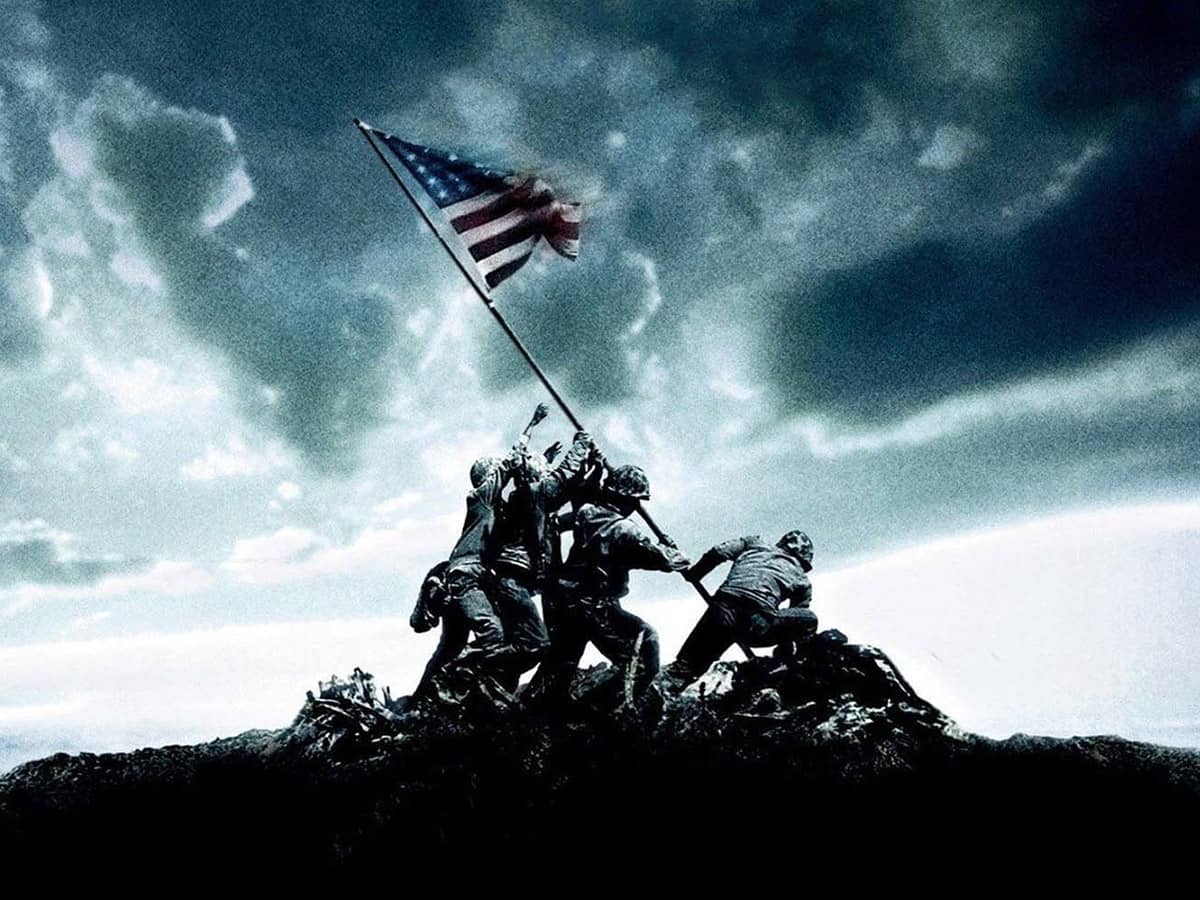
Fear, death and peril snaked its way into Poland. As smoldering fires from bombs dropped by the Germans were fresh, the Nazis moved into the country destroying everything in their wake in 1939. The Warsaw Zoo was not an exception. The Germans ruthlessly killed animals and shut down the zoo operated by Antonina Zabinska and Jan Zabinska. But there was more to this story. Antonina became a true blond heroine hiding Jews in tunnels beneath the zoo. Based on the book The Zookeeper’s Wife, the movie of the same title will open a chapter in history that most people like to forget--the rise of Hitler. We caught up with Diane Ackerman who wrote the book and co-wrote the screenplay for "The Zookeeper’s Wife" and asked how she found this profound story.
Ackerman, who is a descendant of Polish relatives, was given a diary of Antonina, which detailed the events of her experience at the zoo while writing about ancient horses found in Poland. Her neighbor shared that her uncle was a vet at the Warsaw zoo before the war. She was told that there were zookeepers in Warsaw who adopted orphaned animals and who rescued Jews. The man said that the zookeeper's wife kept a diary and gave it to her. What Ackerman found was remarkable after reading it. "I discovered this extraordinary sensibility," Ackerman said who studied postwar interviews, letters, memoirs and family photos of this complex and yet compassionate housewife. "This woman who had a mystical relationship with animals also had a deep love for nature and for humans and really for all life."As she continued reading, Antonina did more care for animals, she also helped endangered humans during the Holocaust. Ackerman only heard events from her Polish parents about the Holocaust and talked to people, who survived. But diving into its dark history was another issue. "I had to discover how far I could go emotionally," she said regarding the events that murdered two out of every three European Jews and killed 11 million people. "Far enough to really inhabit the story and try to see the world from the perspective of the Jews who were hiding in the Warsaw Ghetto, hiding at the zoo and from the perspective of the Żabinska family. But not to go so far where I could hurt myself, emotionally. So there were things that I couldn't do like go to the camps for example. I thought it would be too devastating."
The Warsaw Ghetto was largest of all the Jewish ghettos in Nazi-occupied Europe during World War II. It was established by the Nazi German authorities in the Muranów neighborhood of the Polish capital in 1940. There were over 400,000 Jews imprisoned there. The people in the Warsaw Ghetto hid notes of their stories in milk churns and buried them. They were found after the war. "It makes me wonder what hidden stories of courage that we don't know about and altruism yet to be told," added Ackerman. The story of Antonina and husband Jan are now public and still moving. What about Jan? Well, her husband was heroic in traditional ways. He made sure that the people that they were hiding survived. Antonina used her passion for people, instead. She didn't pick up a gun, her weapons of choice were love and compassion. She wanted the people in her care to survive emotionally and psychologically and they did.
Together Antonina and Jan both saved 300 people from the Warsaw Ghetto at their Warsaw Zoo. They also sent people on escape routes to freedom. Jan told the Yediot Aharonot, an Israeli newspaper: “I only did my duty, if you can save somebody’s life, it’s your duty to try." Because of their heroics, a small number of the people are still alive today. The film stars Jessica Chastain as Antonina and Johan Heldenbergh, who stars as Jan, explore this heart-wrenching and a soul-stirring story of heroism. For Ackerman, viewing the film for the first time, was transcendent. "To watch the characters stand up and walk off the page and interact with each other brought additional dimensions for me. It made it richer in a great many ways. For example, being able to see the facial expression of the characters. This was really wonderful. It is one thing to learn about the sensory detail of the era, but another to have it recreated sumptuously."

